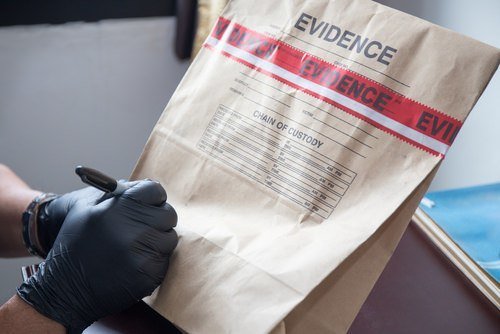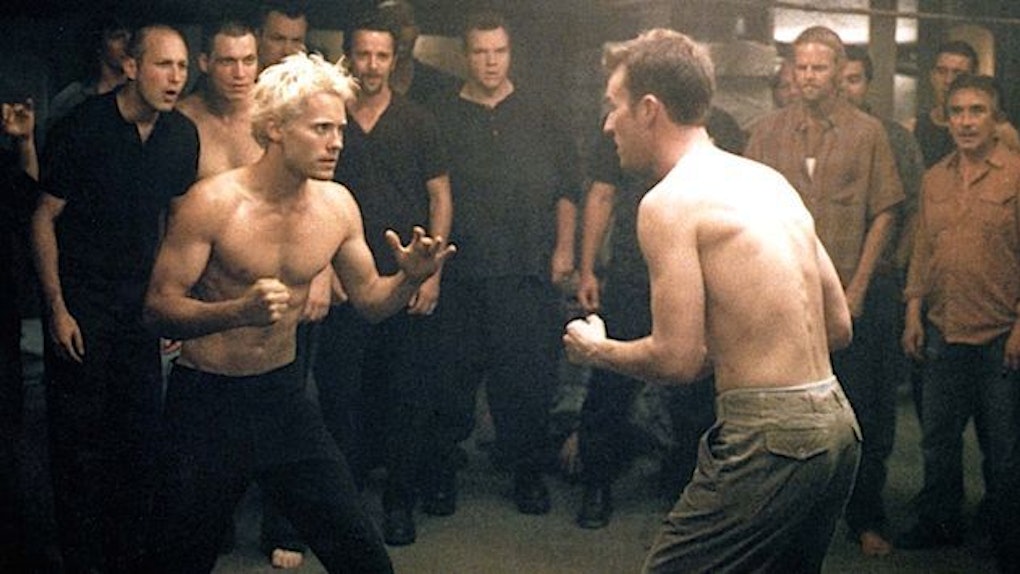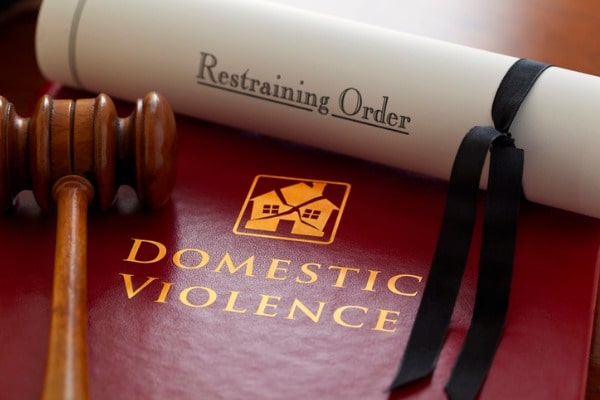
In State v. Lee, the WA Court of Appeals held that the trial court violated the defendant’s Sixth Amendment right to present a defense by excluding evidence of self-defense.
BACKGROUND FACTS
On January 25, 2015, the defendant Chevalier Lee’s girlfriend, Danielle Spicer, visited the home of Alice Gonzalez and her husband, Louis Gonzalez -Hernandez. Spicer went to the Gonzalez’s house and stayed there with Gonzalez and Gonzalez Hernandez’s’ five children while Gonzalez and Gonzalez-Hernandez ran errands. Gonzalez and Gonzalez-Hernandez returned home to find Lee at their house playing cards with their children and Spicer. Although they had not invited him, Lee had been to their home many times and was generally welcome there.
Later that evening, Lee and Spicer began arguing about whether they would spend the night with Gonzalez and Gonzalez-Hernandez or return to their respective individual residences. Lee loudly cursed at Spicer as the argument escalated. Gonzalez-Hernandez told Lee that he did not like “that kind of behavior” in his house and Lee would have to leave. Lee refused and said that he didn’t have to leave.
Gonzalez-Hernandez told Lee to leave approximately three-to-five times. According to Lee, he then cursed at Gonzalez-Hernandez who “came right at” him. Gonzalez-Hernandez had his hands up. Lee was scared and hit Gonzalez-Hernandez. The two men then wrestled. Lee left after seeing the scared looks Gonzalez, Spicer, and the children had.
According to Gonzalez-Hernandez, Lee called him a “f**king b***h” and hit him in the
face. Another witness saw Lee approach Gonzalez-Hernandez and get within inches of his face. Gonzalez-Hernandez again told Lee to leave and Lee “swung at him.” After they fought for a few minutes, Gonzalez called 911 and Lee and Spicer left.
Jury Trial
At trial, the defense sought to elicit testimony from Spicer that she and Lee had witnessed
Gonzalez-Hernandez being “physical with his wife” in a separate incident four days prior to the assault. Lee’s attorney argued that this evidence would show that Lee had actual knowledge that Mr. Gonzalez-Hernandez actually had the capacity to be aggressive and/or violent. According to Lee’s defense attorney, this evidence would show Lee’s state of mind regarding his need to defend himself.
The judge sustained the City’s objection, finding the evidence was “more prejudicial than probative” and that allowing such evidence would open the door to evidence about Lee’s prior misconduct. The defense suggested it would then elicit testimony that Lee “had prior information that Mr. Gonzalez-Hernandez had been known to be aggressive.” The trial court sustained the City’s objection to this evidence, finding it “more prejudicial than probative of anything.”
In fact, during Lee’s testimony, Lee stated that he “had reason to be scared of Gonzalez-Hernandez already,” to which the City objected and the court sustained. Neither the City nor the court stated any specific grounds for this objection or ruling.
A jury found Lee guilty of Assault Fourth Degree. He appealed to the Pierce County Superior Court which affirmed the conviction. The WA Court of Appeals granted Lee’s motion for discretionary review.
COURT’S ANALYSIS & CONCLUSIONS
The Court of Appeals held that the trial court violated Lee’s Sixth Amendment right to present a defense by excluding evidence of self-defense.
The Court agreed with Lee that evidence he had witnessed regarding Gonzalez-Hernandez’s recent violent behavior was critical to his defense because it both increased the likelihood he had a subjective fear of Gonzalez-Hernandez and it made his fear more objectively reasonable, thus strengthening his self-defense argument.
The Court of Appeals reasoned that self-defense is a complete defense under RCW 9A.16.020. A defense of self-defense requires proof (1) that the defendant had a subjective fear of imminent danger of bodily harm, (2) that this belief was objectively reasonable, and (3) that the defendant exercised no more force than was reasonably necessary. The City has the burden of proving the absence of self-defense beyond a reasonable doubt.
The Court further reasoned that evidence of self-defense is evaluated from the standpoint of the reasonably prudent person, knowing all the defendant knows and seeing all the defendant sees. This standard incorporates both objective and subjective elements. The subjective portion requires the jury to stand in the shoes of the defendant and consider all the facts and circumstances known to him or her; the objective portion requires the jury to use this information to determine what a reasonably prudent person similarly situated would have done.
Also, said the Court, a fact finder evaluates self-defense from the defendant’s point of view as conditions appeared to him at the time of the act. For the subjective portion of the self-defense test, jurors must place themselves in the shoes of the defendant and evaluate self-defense in light of all that the defendant knew at the time. All facts and circumstances known to the defendant should be placed before the jury. Thus, reasoned the court, under ER 404(B) and ER 405 (B), where a defendant claims self-defense, a victim’s prior acts of violence known to the defendant are admissible to establish a defendant’s reason for apprehension and his basis for acting in self-defense.
ER 404(B)
To determine whether a specific act should be admissible under rule 404(B), the trial court must (1) find by a preponderance of the evidence that the misconduct occurred, (2) identify the purpose for which the evidence is sought to be introduced, (3) determine whether the evidence is relevant to prove an element of the crime charged, and (4) weigh the probative value against the prejudicial effect. The trial court is required to conduct an ER 404(b) analysis on the record.
“In this case, Lee sought to admit evidence of Gonzalez Hernandez’s prior acts of violence
to prove that Lee had knowledge of those acts, giving him reason to fear Gonzalez-Hernandez,” said the Court.
Furthermore, the Court reasoned that evidence that Lee had witnessed Gonzalez-Hernandez being “physical” with his wife four days before the incident was relevant to Lee’s state of mind. “The evidence would allow the jury to assess Lee’s reason to fear
bodily harm from the victim,” said the Court.
Finally, the Court weighed the probative value of Gonzalez-Hernandez’s history of violence against its prejudicial effect. “Because the evidence in this case was relevant and otherwise admissible, the trial court should only exclude it if the City showed that the evidence was so prejudicial as to disrupt the fairness of the fact-finding process at trial,” said the Court. “Here, the proffered evidence went to Lee’s complete defense. Its probative value is to allow Lee to present a defense.”
Consequently, the Court ruled that the City failed to demonstrate that evidence of Gonzalez-Hernandez’s prior violent conduct known to Lee would be so prejudicial as to outweigh Lee’s Sixth Amendment right to present his defense. “This type of evidence should be heard by a jury so it can assess the reasonableness of Lee’s actions,” said the Court.
With that, the Court of Appeals reversed Lee’s conviction.
My opinion? Good decision. Under the Sixth Amendment, citizens have a right to an adequate defense. Under Washington statute, self-defense is a complete defense. Therefore, suppressing evidence which proves self-defense violates the Sixth Amendment.
Please contact my office if you, a friend or family member are charged with a crime. Hiring an effective and competent defense attorney is the first and best step toward justice.
















